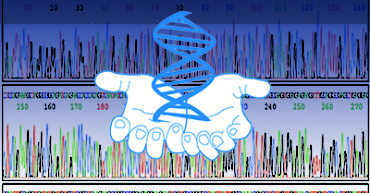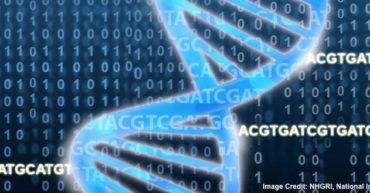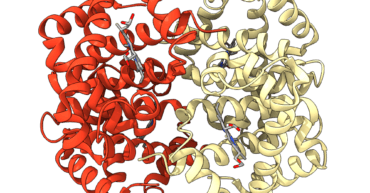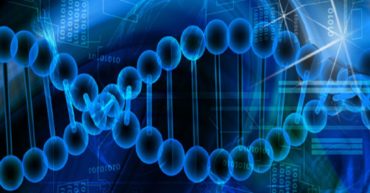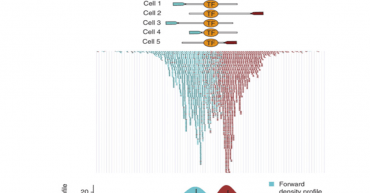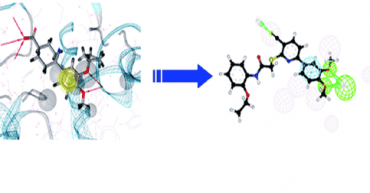Bioinformatics
Unlocking the Secrets of Molecular Evolution with Modeltest 3.7 Modeltest is a software tool for selecting the best-fitting model of molecular evolution from a set of candidate models. This is done by comparing the likelihoods of different models, which are calculated using the maximum likelihood method. The model with the highest likelihood is considered the […]
DNA annotation or genome annotation identifies genes and all of the coding regions in a genome and determines what those genes do. Once a genome is sequenced, it needs to be annotated to make sense of it. Gene annotation involves the process of taking the raw DNA sequence produced by the genome-sequencing projects and adding […]
Since the completion of the Human-genome project, deciphering the massive data produced becomes the primary focus of the scientist community. To analyse this data, bioinformaticians are required to develop such softwares and tools that can meet with the level of these complex data. The scalable, cross-platform, robust java framework leg-up the researchers to develop BioJava […]
Biotechnology In today’s world, the field of Biotechnology has made tremendous impact by helping to develop various new techniques and methods in science and research. Within the 20th and 21st century Biotechnology achieved a huge breakthrough in scientific research and development. The method of using biological systems, living organisms to obtain new products or modify […]
Genome-wide examinations concerning cooperative interactions among genomic functions, e.g. DNA replication, isolation, translation, repair and rearrangement, are fundamental for methodically explaining every single biological activity on the genome. To this end, chromatin immunoprecipitation pursued by sequencing (ChIP-seq) examination was produced to comprehend the collaboration and cooperations that happen in a wide assortment of living beings […]
According to the report, the Global Bioinformatics Services Market accounted for $1.3 billion in 2017 and is expected to reach $5.67 billion by 2026 growing at a CAGR of 17.8% during the forecast period. Factors such as rising public-private sector funding for bioinformatics services, increasing applications of bioinformatics in different industries and the lack of […]
